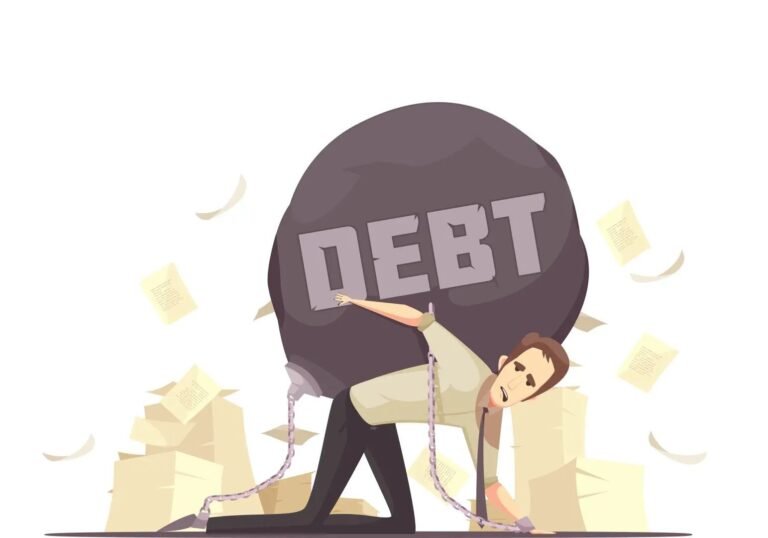In 2010, then-Chancellor George Osborne introduced a significant change to Child Benefit for higher-income households in the UK, known as the High Income Child Benefit Charge (HICBC). This charge, which came into effect in January 2013, aimed to cap Child Benefit for those with higher incomes. However, it raised various concerns and criticisms.
The High Income Child Benefit Charge (HICBC) recovers Child Benefit from families with the highest earner earning over £50,000. The charge is 1% of Child Benefit for every £100 earned above £50,000, and it completely withdraws at an income of £60,000. It’s collected through self-assessment, introduced in 2013 after initial proposals by Chancellor George Osborne in 2010 and modifications in the 2012 Budget.
Criticisms of the HICBC Design
One of the persistent criticisms of the HICBC has been its impact on different family structures. While the charge affects single-earner couples earning £60,000 or more by clawing back their entire Child Benefit, dual-earner couples, each earning just under £50,000, can retain their full Child Benefit, despite having a higher combined household income. This disparity has raised concerns about the fairness of the policy.

The Treasury Committee acknowledged the government’s need to address budget deficits but found that the original proposal created a “cliff edge,” where Child Benefit would be completely withdrawn if an individual’s income exceeded the higher-rate threshold. This raised issues of fairness and practicality.
Implications of Not Claiming Child Benefit
Another issue related to the HICBC is the potential impact of not claiming Child Benefit. Some individuals opt not to receive the payment to avoid the HICBC, while others simply do not claim Child Benefit without realising its implications on their eligibility for “contributory” benefits. These contributory benefits are linked to National Insurance contributions and credits.
The Child Poverty Action Group’s Welfare Benefits and Tax Credits Handbook highlights the importance of continuing to claim Child Benefit, even if it triggers an HICBC liability. This is because those who claim Child Benefit for children under 12 may automatically receive Class 3 National Insurance credits, which count toward their state pension and certain bereavement benefits.
Possible Solutions
To address these issues, experts have suggested potential solutions. One suggestion is to link a parent’s eligibility for National Insurance credits with the registration of their child’s birth, ensuring that credits are awarded automatically. Alternatively, National Insurance credits could be backdated to cover periods when Child Benefit was not claimed.

The Low Incomes Tax Reform Group (LITRG) argues that the government should review the entire HICBC policy to assess its effectiveness in meeting its original objectives. The charity also recommends making the process more transparent and manageable for affected families.
Conclusion
The High Income Child Benefit Charge in the UK has raised concerns about its fairness and implications for families, particularly when it comes to claiming Child Benefit and understanding its broader impacts on benefits and contributions.
It remains a topic of debate and discussion as experts and policymakers seek solutions to address these issues and ensure a fair and efficient system for all families.









